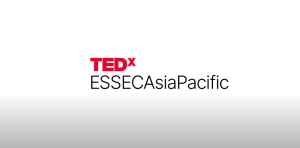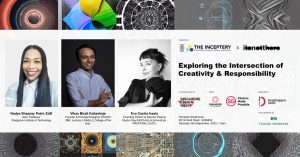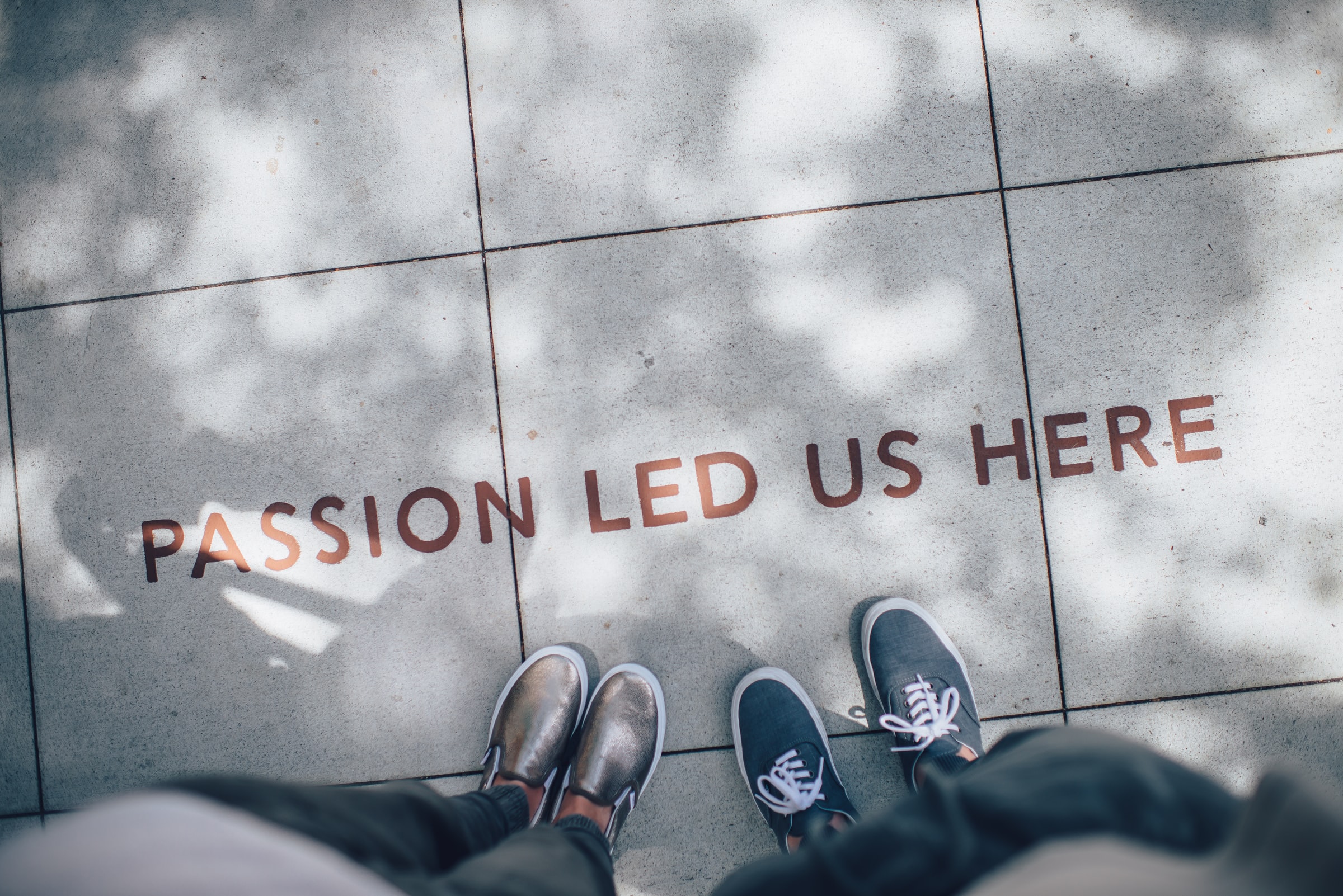January 8th 2021, Anna Itkin.
The Circular Economy is the word we have heard a lot in the past year; and for a good reason. As Covid-19 disrupted lives, businesses, and supply chains we became painfully aware of crumbling systems that – in part due to their efficiency – turned out to be too fragile to withstand uncertainty and disruption.
Availability and access to resources and the most vital of them all – food, became restricted even for the wealthy countries (or perhaps especially for them). Many eyes turned to the Circular Economy as a viable and necessary economic model for businesses and cities not only to address the immediate challenges but also to rebuild better for the future.
Earlier in the year 2020 I was offered an opportunity by Dr Lerwen Liu to contribute a chapter on “Circular Economy Business Models and Practices” for a textbook “An Introduction to Circular Economy”, Springer Nature.
It was a pleasant ending to a “rollercoaster” year when Lerwen sent a message that the e-book had been published and is available here: https://lnkd.in/gG9Ng3Z

Some of the features that make this textbook unique are:
• Provides Circularity guidelines including framework, examples, and case studies for policymakers, educators, business leaders, and investors.
• 1/3 of the authors that contributed to the textbook are below 35 years old and over 40% are women. All come from multidisciplinary backgrounds and from all five continents.
• It includes substantial coverage of updated policy, research and innovation, education programs, and business practices on circular economy with a particular emphasis on the Asian region.
• Includes Life Cycle Assessment and Costing methodology for circular economy practices.
• Presents interconnectivity along the circular value chain and roles of different stakeholders for a circular economy transformation.
• Highlights different driving factors for a circular economy transition including digital technologies, business opportunities and consumer service models, financing, circularity indicators and assessment, policy and regulations, and education.







